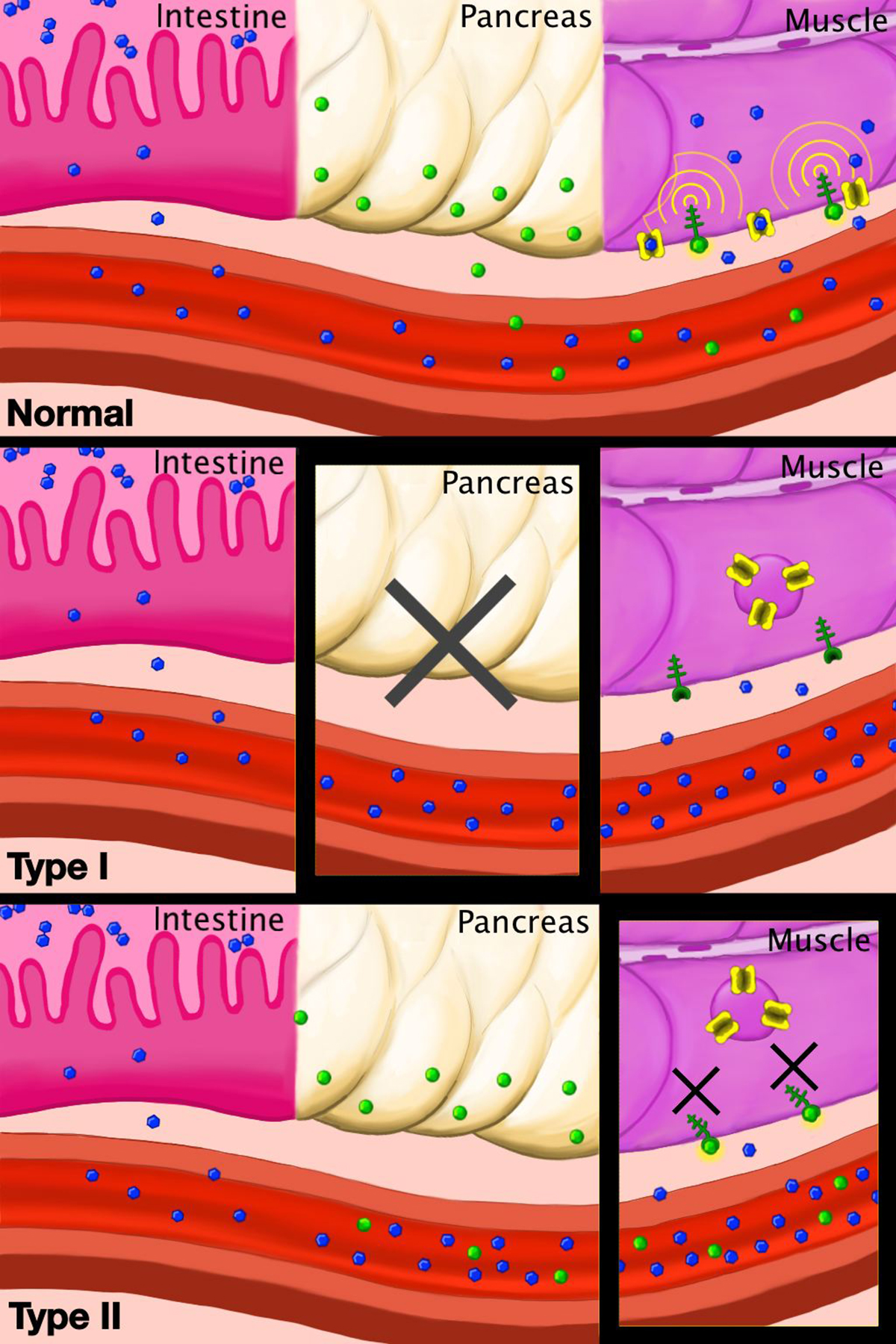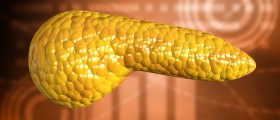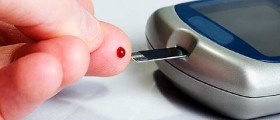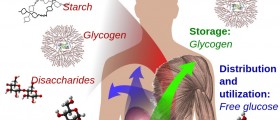
Type 1 diabetes
Type 1 diabetes is the condition that usually affects the younger population. It occurs less frequently than the type 2 diabetes. In the majority of cases, this disease occurs about 40 years of age. However, it is not a rule. Nevertheless, type 1 diabetes does not appear in children younger than 14. Type 1 diabetes is connected to the lack of the hormone insulin, which is produced in the pancreas. Without an apparent reason, the pancreatic islet cells stop manufacturing the needed amounts of this hormone. Because of insulin deficiency, the level of glucose in the blood increases and hyperglycemia occurs. The first symptom of this disease is weight loss.
Causes of type 1 diabetes
The most important causes for the occurrence of type 1 diabetes are autoimmune response, genetic factors, viruses and certain medical conditions. Type 1 diabetes is an autoimmune disease, which has the tendency to progress. It is an autoimmune disorder because the body’s immune system destroys the beta cells that create insulin. It is not yet known what causes this reaction, however, a genetic predisposition and environmental factors may be the potential causes. The pancreas contains beta cells that produce insulin. These beta cells are the part of islets of Langerhans.
Many studies have been carried out to establish the exact cause of type 1 diabetes. In these studies at minimum 18 genetic locations have been found. It cannot be sad that type 1 diabetes is an inherited disease because there are many people with this condition and they do not have anybody in the family with type 1 diabetes. Only 10% of the cases with type 1 diabetes are inherited from one of parents. Furthermore, type 1 diabetes is more likely to be inherited from a father that from a mother. Viruses are also potential cause for the development of type 1 diabetes. In genetically predisposed persons, a viral infection may cause this disorder.
In most cases, the viruses that affect gastrointestinal tract are those that can trigger this condition. Coxsackie viruses, mumps and congenital rubella may lead to the occurrence of type 1 diabetes. Furthermore, there are several medical conditions that can cause the appearance of this disease. These conditions usually damage the pancreas, such as pancreatitis and pancreatic surgery. Moreover, many industrial chemicals, as well as many medicines, may arouse temporary diabetes, and these drugs are corticosteroids, beta blockers, and phenytoin. In addition to all these causes, certain hormonal changes and genetic disorder may also be the potential causes for the development of type 1 diabetes.

















Your thoughts on this
Loading...